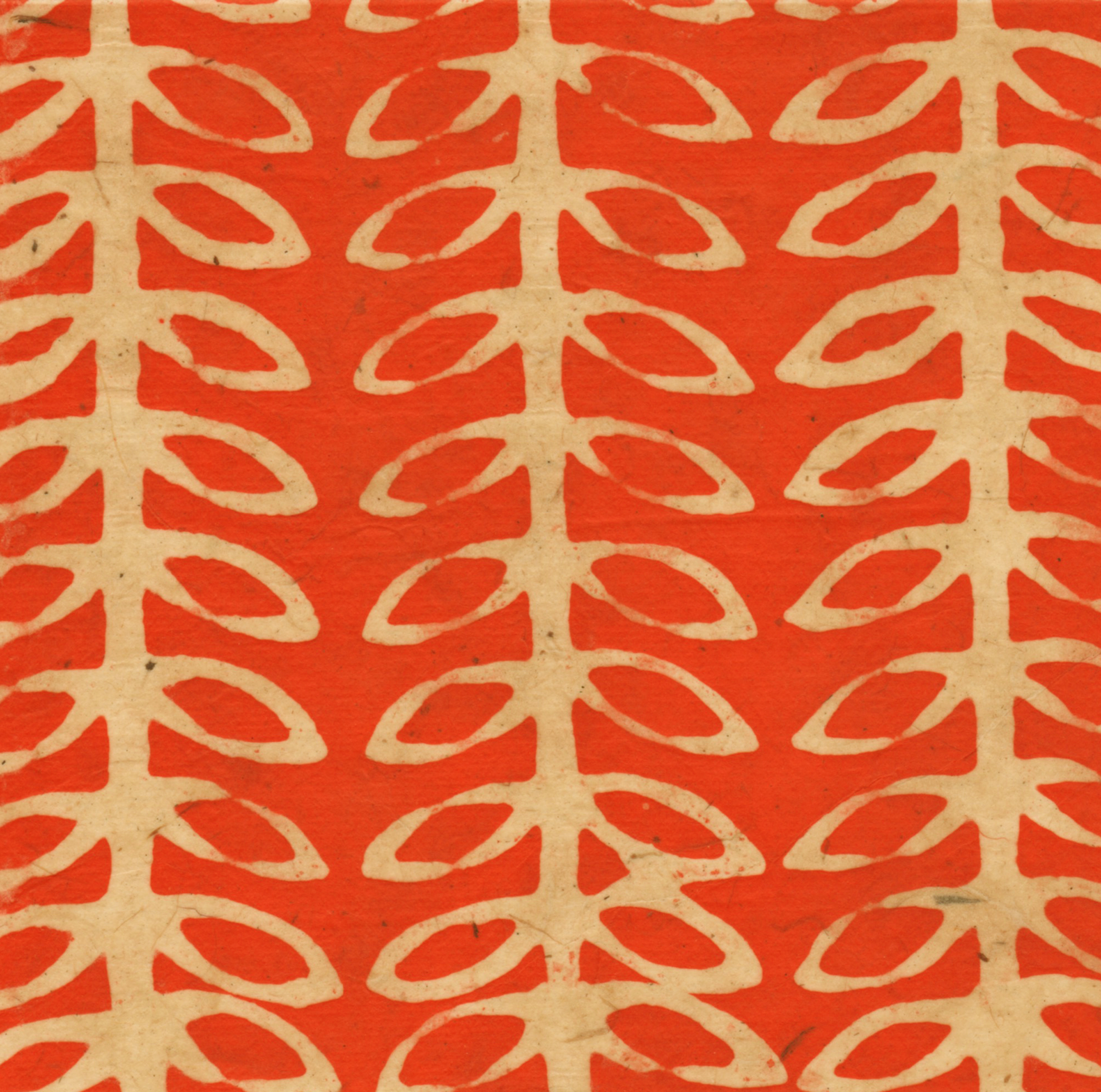Mango-Bird is a title that jumped out at me from a poem by Kabir, a fifteenth-century Indian mystic poet and saint. Mango-bird is another name for the Indian Golden Oriole dwelling throughout the subcontinent with the ornithological name of oriolus kundoo.
When it rains it pours. Not since 1994 have I used an electric piano timbre for my music, but this album is entirely suffused with that sound. Quite often, I compose music without specifying the precise instruments that will ultimately be used. In this case, I was pleasingly startled to discover that two different electric piano timbres worked best for voicing my new works - the Wurlitzer and the Fender Rhodes. "Dream-Realm" and "Mango-Bird" introduce what appear to be new ragas created or discovered by myself, and "Night-Incense" shadows Kafi Thaat. In each instance, Just Intonation is used.
"Dream-Realm", a title also from the poetry of Kabir, features the Wurlitzer voicing the main melodic voice with a degree of pitch wavering added. A colorfully sonorous skin drum assemblage of Indian tabla, dholak and dhol, Indonesian wadon, and Chinese tang gu articulates the primary percussion voice, all fortified by a ostinato percussion cycle of eleven beats, and a male chorus drone. Overall, the musical textures are rather darkly drawn in relatively muted fashion. A certain film noir element lurks, possibly acquired from living here in Hollywood, and seemingly appropriate for this album’s opening track. "Dream-Realm" opens and concludes with an African dunun presenting a pattern of eleven beats different from the eleven beat cycle that informs the body of my composition, which was composed in Los Angeles and Maui last summer.
"Mango-Bird" is comprised of two sections, beginning with a medium slow pulse, and followed by a doubling of the tempo. The Fender Rhodes is employed for the first section with a sound more ethereal and less gritty than the Wurlitzer used in Dream-Realm. The percussion team of tabla, dholak, dhol, wadon, and tang gu reappears forming the primary rhythm voice. Providing a transitional launch pad for the fast section, the Fender Rhodes repeats a single tone in rhythmically charged form followed by gyrating, ascending circular figures leading to a dramatic return of the Wurlitzer slicing through a considerable percussion deluge within the doubled tempo. "Mango-Bird" employs two different rhythmic cycles of seven beats, one for each section. Male voices form a slowly ascending melodic drone. A solitary trumpet timbre opens my composition with a descending figure inspired last summer by the mountains surrounding Aspen, Colorado, also returning toward the close of the first section. The body of "Mango-Bird" was composed in Lahaina and Kula on the island of Maui later that summer.
"Night-Incense" lushly joins Indian bells and rotating drums together with the altered Wurlitzer electric piano, the slow tempo exposing its pitch wavering more dramatically. My percussion cycle here, another form of seven beats, offers a breathily expressive presence. Alternating melodic finger cymbals appear periodically to voice a descending melodic figure over a drone of gradually rising male voices. "Night-Incense" was composed near the end of summer here in Los Angeles.
My primary focus with the Meruvina has been with acoustic timbres, but I found using electric piano sounds to be an extremely refreshing change; there is something pleasingly pure and Kashmiri-lake translucent about them. Related, acoustic piano is the first instrument I ever played, including recently recording some piano improvisations for the first time. Few are aware that the first European keyboard instruments were descended from ancient Indian and Persian hammered dulcimer-like instruments, essentially taking this model and placing it inside a larger wooden box together with attached keys. Technically belonging to the percussion family, it's apparent that keyboards are especially well suited for interplay with myriad non-pitched percussion instruments. That said, in terms of composition, my instrument is my imagination, preferring not to be tied to the sound and technique of any one particular instrument, my conduit being the Meruvina.
- Michael Robinson, March 2018, Los Angeles
© 2018 Michael Robinson
All rights reserved |
